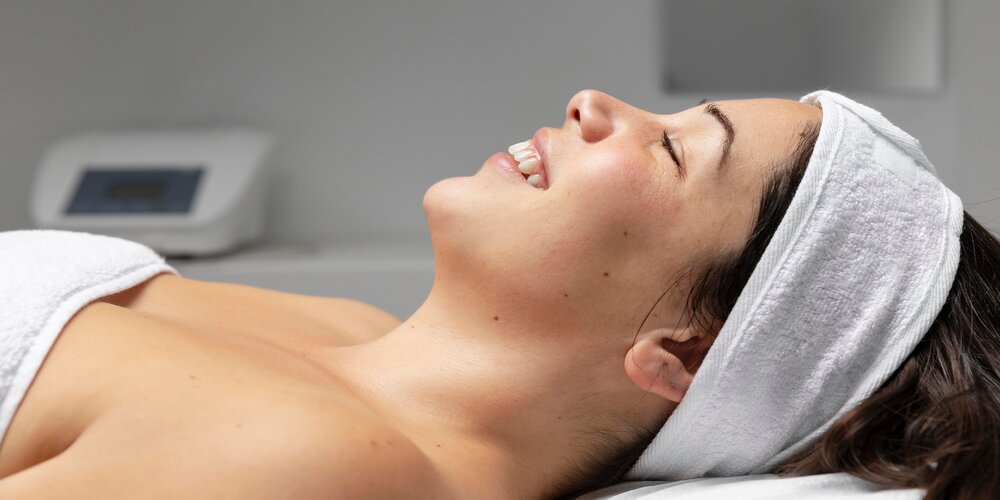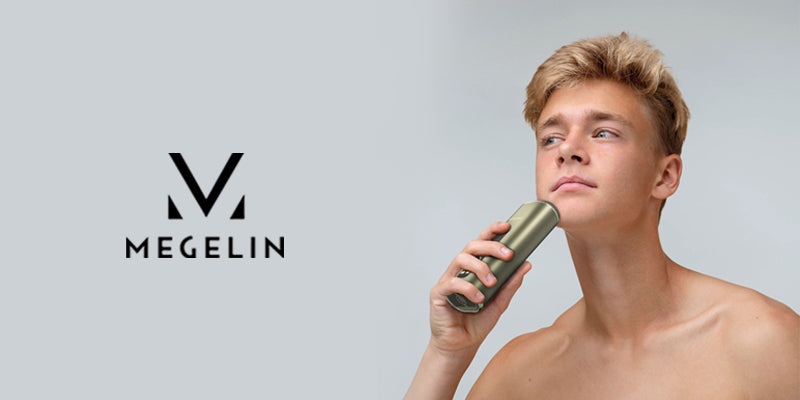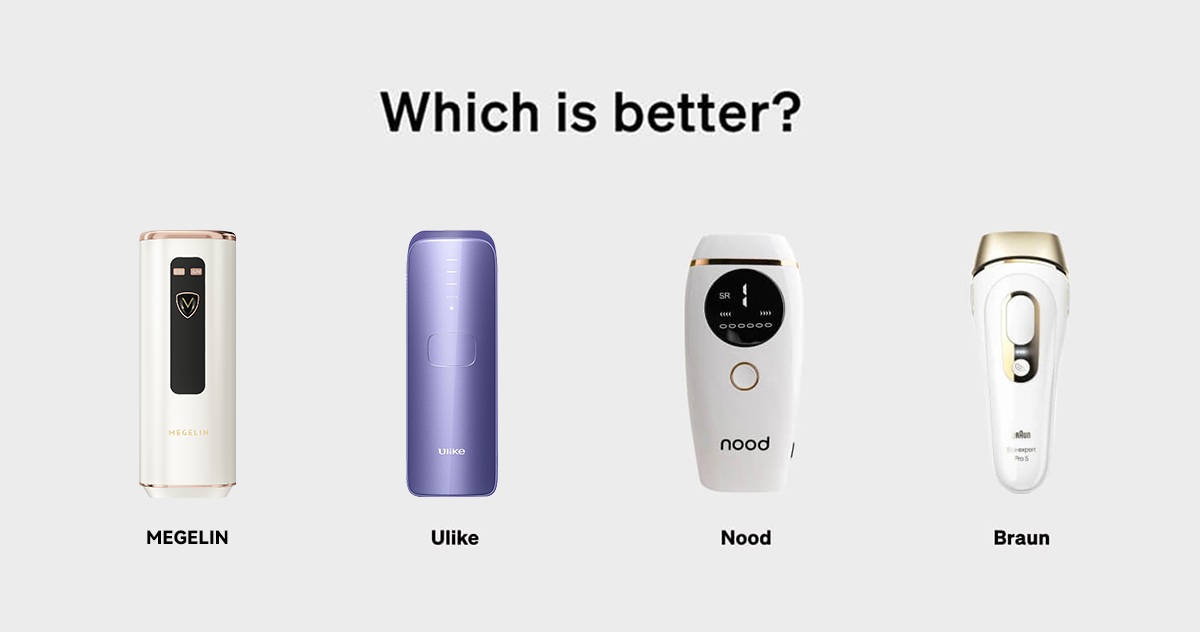
How Long Should You Do Red Light Therapy for Best Benefits?
2MegelinRed light therapy has gained popularity as a non-invasive treatment for various health and esthetic concerns. As more people explore this innovative approach, a common question arises: how long should you do red light therapy for optimal results? This therapy, which uses low-level wavelengths of red light, has an influence on cellular function and can promote skin rejuvenation, enhance athletic performance, and boost ATP production.
Understanding the ideal duration and frequency of red light therapy sessions is crucial to maximize its benefits. Factors such as the specific body area being treated, the desired outcome, and individual response to treatment all play a role in determining the optimal exposure time. This article will delve into the differences between short-term and long-term benefits, explore how to customize treatment duration for different body parts, and provide insights on tracking progress to achieve the best results from red light therapy.
Understanding Red Light Therapy Dosage
Importance of proper dosage
Red light therapy dosage is crucial for achieving optimal results. The effectiveness of treatment depends on factors such as power output, intensity, and treatment duration [1]. Most studies show benefits at light outputs of 20-200 mW/cm2, but distance from the device also affects the dosage [1]. For skin rejuvenation, pain relief, or muscle recovery, sessions typically range from a few minutes to 20 minutes [1].
Measuring light intensity and energy
Light intensity is measured in milliwatts per square centimeter (mW/cm2), while energy density is measured in joules per square centimeter (J/cm2) [2]. The relationship between time, intensity, and energy dose is expressed as: Dose (J/cm2) = (Irradiance (mW/cm2) * Time [seconds]) / 1000 [mW/W] [2]. Most research indicates an ideal dose between 2J/cm² and 60J/cm² [1].
Calculating optimal treatment time
To calculate treatment time, use the formula: Time [seconds] = (Dose [J/cm2] x 1000 [mW/W]) / Irradiance (mW/cm2) [2]. For superficial areas, stand further away for a dose of 3-15J (1-3 minutes at 6" distance) [1]. For deep tissue use, stand closer for a dose of 10-60J (5-10 minutes at 6" distance) [1]. Consistency is key, with recommendations ranging from 2-3 sessions per week to daily treatments [1].
Short-Term vs. Long-Term Red Light Therapy Benefits
Immediate effects of red light therapy
Red light therapy can have immediate effects on the body. It helps to power cells and promote healing and energy [3]. In as little as 10 minutes per day, it may help boost energy levels, relieve minor pain and swelling, and balance mood [3]. For those using it before exercise, red light therapy can gently warm up muscles [4].
Cumulative benefits over time
Long-term benefits of red light therapy include improved energy, sleep, bone recovery, pain reduction, and inflammation reduction [3]. It has an influence on collagen production, circulation, and cell repair [3]. With consistent use over weeks or months, red light therapy may improve skin texture, reduce fine lines and wrinkles, and enhance hair growth [5] [6].
Setting realistic expectations
Results can vary depending on individual skin types and the specific wavelength used [5]. Most experts agree that more studies are needed to fully assess the effectiveness of red light therapy for all its claimed uses [5]. Patients should expect to undergo treatments one to three times a week for weeks or months to see significant results [5] [6].
Customizing Red Light Therapy Duration for Different Body Areas
Red light therapy duration varies based on the targeted area and desired outcome. For facial treatments, sessions typically last 1-5 minutes per area at a distance of 30-45 cm from the device [7]. Full-body sessions may require 15-20 minutes, 3-5 times a week [8]. Targeted therapy for specific conditions, such as pain relief, often involves 15-20 minute sessions, focusing on the affected area [8]. It's crucial to start with shorter sessions and gradually increase duration, allowing 48 hours between initial treatments [9]. The device type, wavelength, and individual factors like skin sensitivity also influence treatment time [7].
Conclusion
Red light therapy has emerged as a promising treatment for various health and esthetic concerns. The effectiveness of this therapy hinges on several factors, including the duration and frequency of sessions, the specific body area being treated, and individual response to treatment. By understanding the optimal dosage and customizing treatment times for different body parts, users can maximize the benefits of red light therapy, ranging from immediate effects like boosted energy levels to long-term improvements in skin texture and pain reduction.
To get the most out of red light therapy, it's crucial to start with shorter sessions and gradually increase duration, allowing time between treatments for the body to respond. While results can vary, consistent use over weeks or months is typically needed to see significant improvements. As research in this field continues to grow, red light therapy shows potential to become a valuable tool in health and wellness routines, offering a non-invasive approach to enhance cellular function and promote overall well-being.
FAQs
1. What is the recommended duration for red light therapy sessions?
For optimal results, it is generally recommended to undergo three sessions of red light therapy per day, each lasting about 20 minutes. While this duration works well for most conditions, some individuals might need longer or more frequent sessions to see the desired effects. It's important to note that extending the sessions beyond this can be harmful.
2. Is a 30-minute session of red light therapy considered too long?
Yes, 30 minutes is considered too long for a red light therapy session. The advised maximum duration is between 15 to 20 minutes per day. Exceeding this time does not enhance the benefits and can potentially be counterproductive.
3. How can you maximize the effectiveness of red light therapy?
To achieve the best outcomes from red light therapy, follow these eight steps: Set realistic expectations; keep regular with your therapy appointments; schedule your sessions intelligently; stay hydrated; choose the right time for your sessions; avoid physical therapy or exercise right before your sessions; reduce carbohydrate intake; and refrain from consuming alcohol.
4. Is it possible to overdo red light therapy?
Yes, it is possible to overdo red light therapy. Although the therapy is generally safe, excessive exposure, especially at high light intensities, can lead to adverse effects such as skin redness and blistering.
References
[1] - https://lighttherapyresource.com/blogs/light-therapy-news/what-is-the-right-red-light-dosage
[2] - https://gembared.com/blogs/musings/universal-dosage-calculatior-for-red-light-therapy-find-your-optimal-time-per-session
[3] - https://www.restore.com/services/red-light-therapy
[4] - https://www.theralight.com/theralight-blog/what-do-you-do-after-red-light-therapy
[5] - https://my.clevelandclinic.org/health/articles/22114-red-light-therapy
[6] - https://www.vogue.com/article/red-light-therapy
[7] - https://infraredi.com/blogs/red-light-therapy/dosage-time-for-red-light-a-guide-for-new-customers
[8] - https://carbonwellnessmd.com/blogs/red-light-therapy/how-to-use-red-light-therapy-at-home
[9] - https://www.hypervibe.com/us/blog/how-many-minutes-should-i-use-red-light-therapy/









